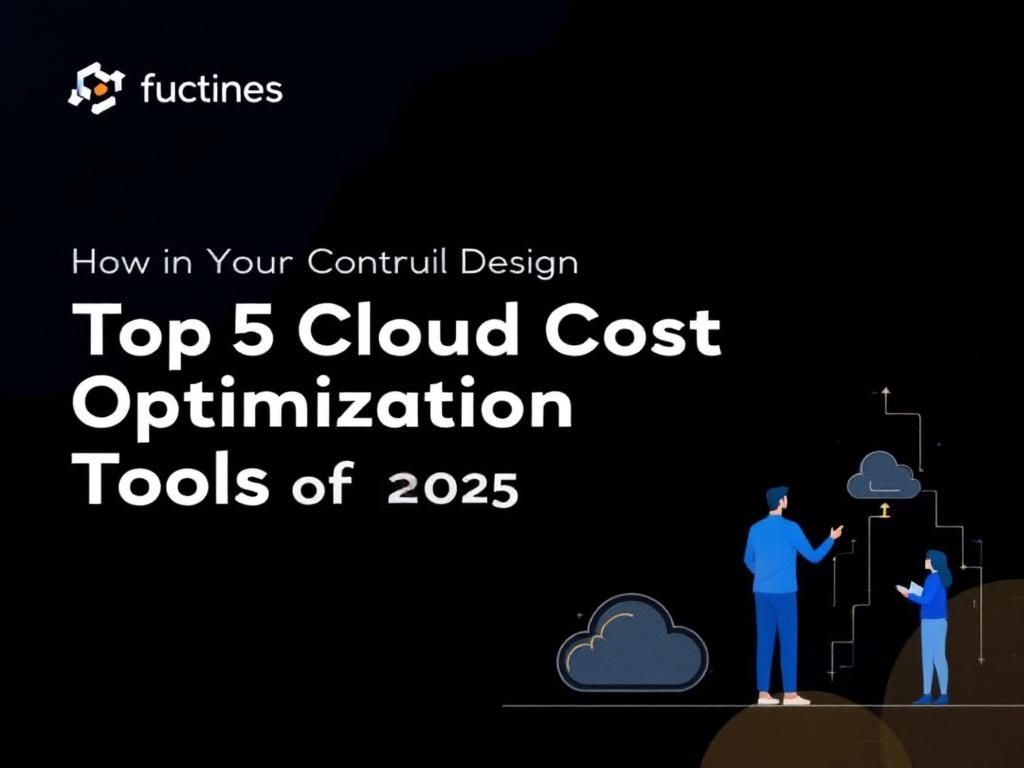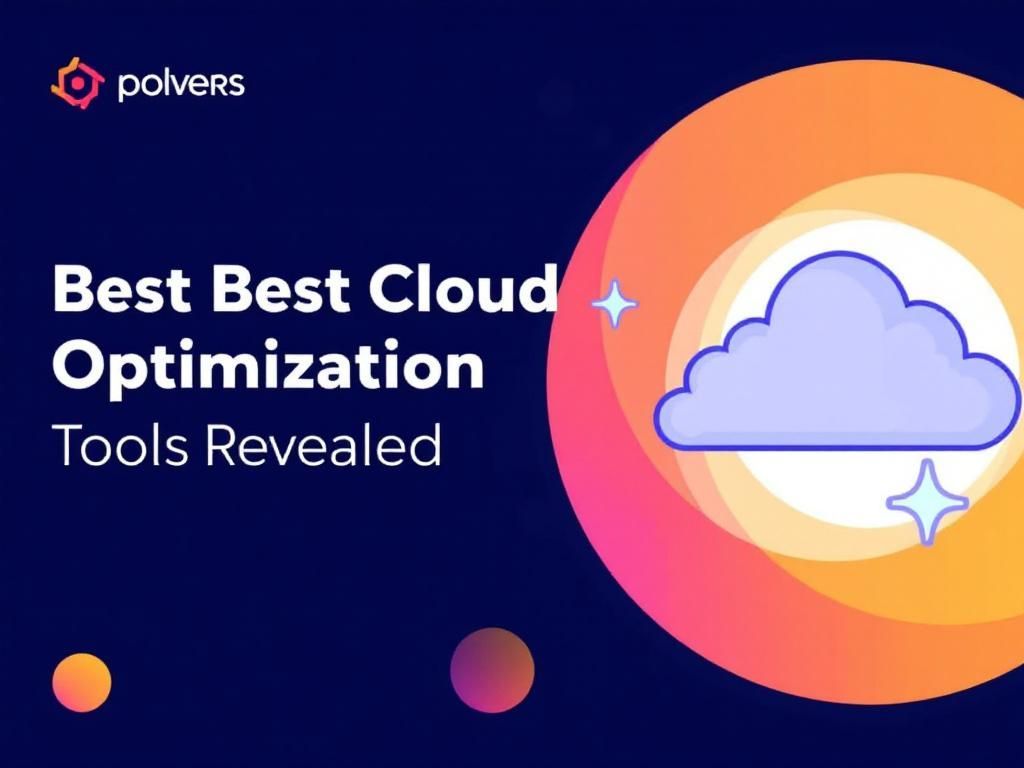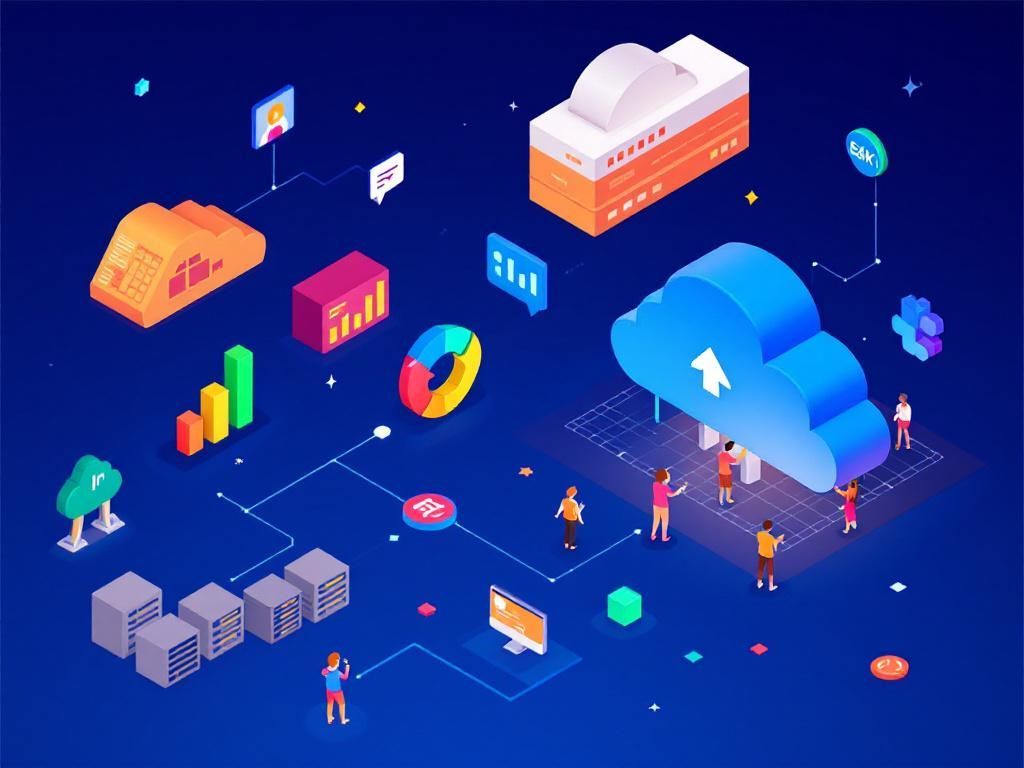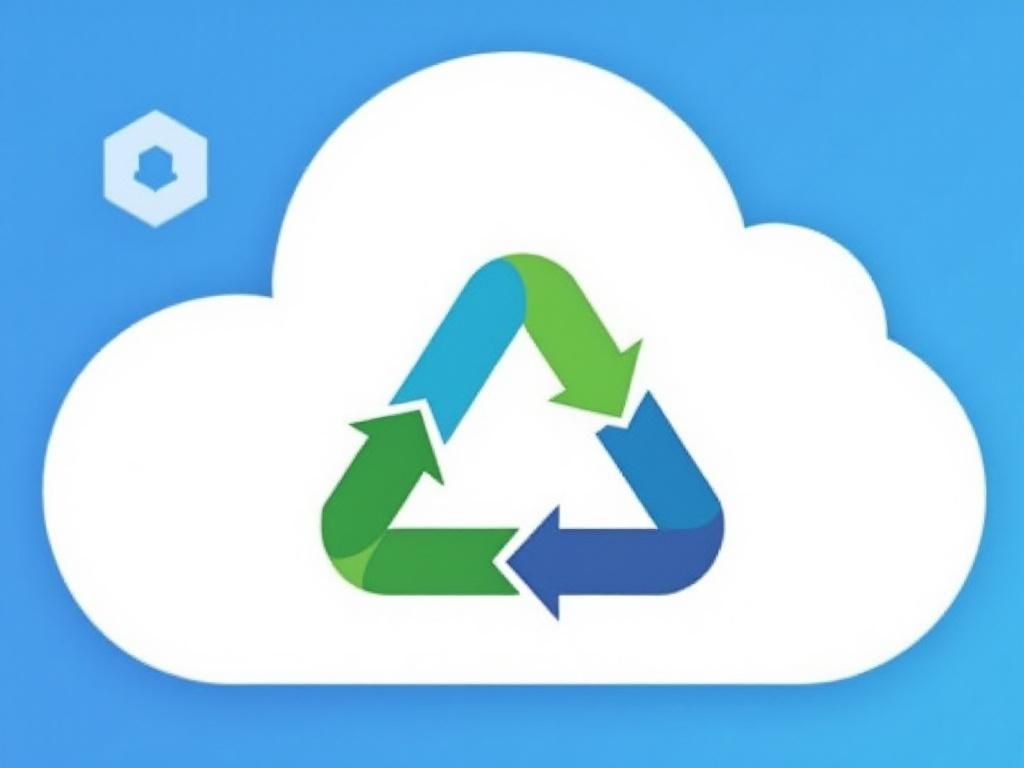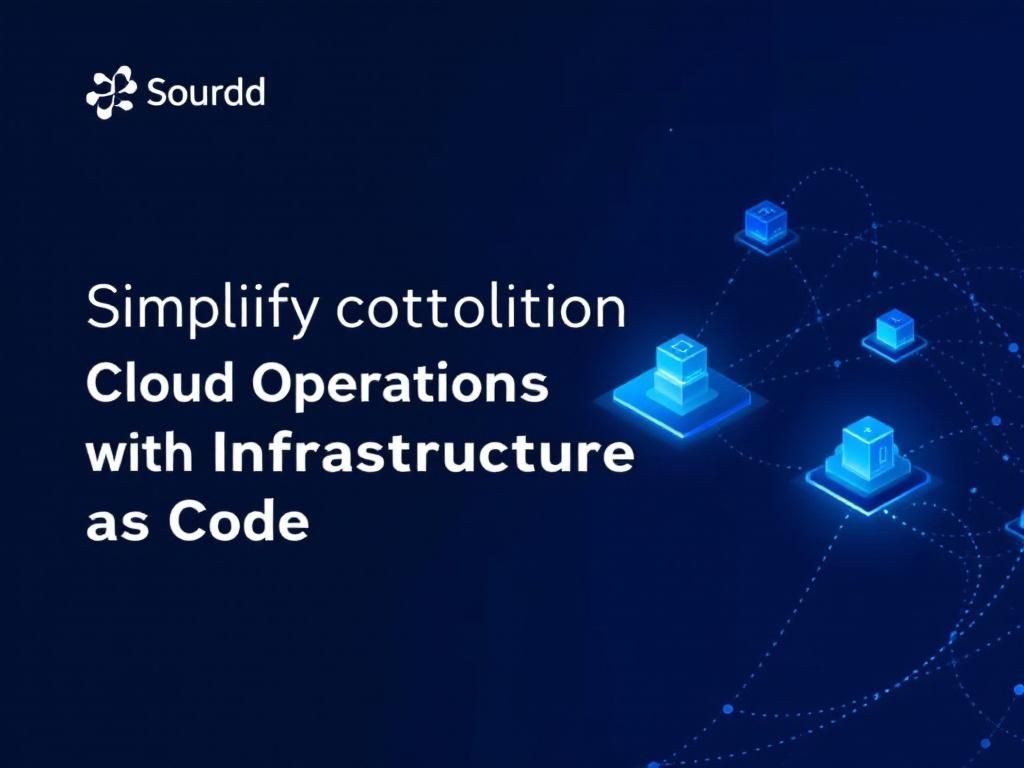Top Enterprise Tools for Cloud Monitoring
Discover the essential tools for effective cloud infrastructure monitoring to enhance performance and reliability in your enterprise.
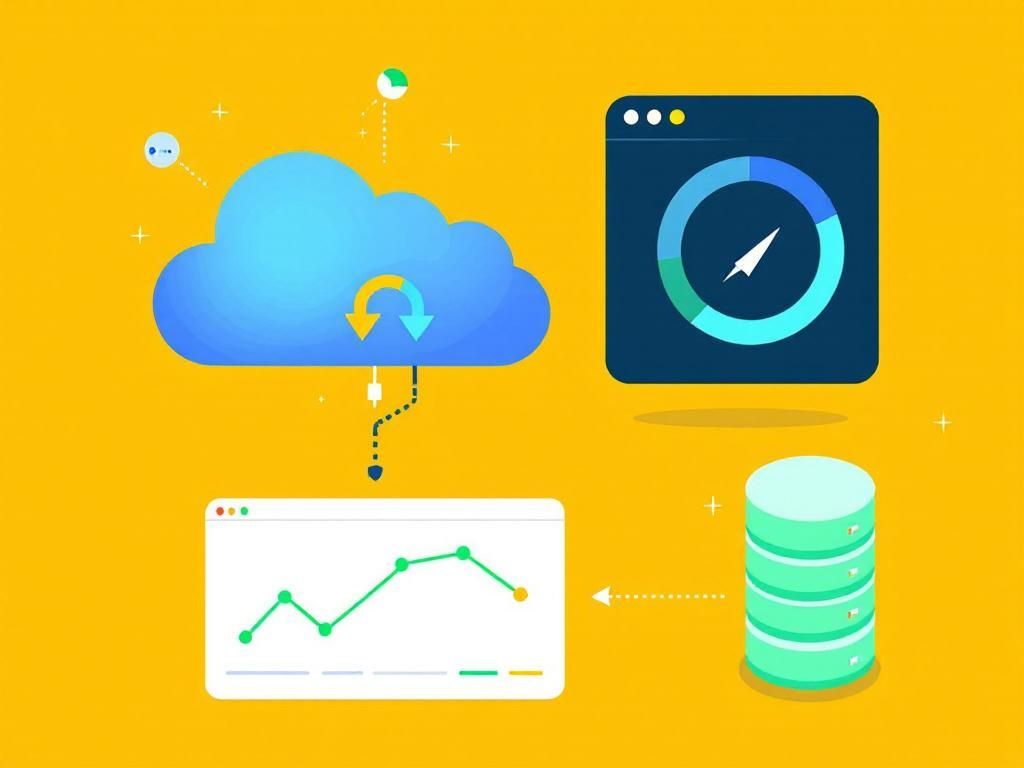
In the ever-evolving landscape of cloud computing, effective monitoring of infrastructure is crucial for maintaining performance, security, and uptime. As organizations migrate more of their operations to the cloud, having the right set of tools becomes paramount. This article delves into essential enterprise tools for cloud infrastructure monitoring, helping tech-savvy professionals understand the myriad of options available to ensure their systems are running smoothly and efficiently.
Table of Contents
Understanding Cloud Infrastructure Monitoring
Cloud infrastructure monitoring is the process of continuously analyzing the performance of various components cloud services rely on. This includes servers, storage, databases, and applications. With the right tools, organizations can:
- Detect issues before they become critical.
- Optimize resource utilization.
- Ensure compliance with regulatory standards.
- Enhance overall user experience.
Key Features of Monitoring Tools
When selecting a monitoring tool for cloud infrastructure, consider the following features:
1. Real-Time Monitoring
The ability to monitor resources in real-time allows for immediate identification of potential issues.
2. Alerts and Notifications
Setting up customizable alerts ensures that the right teams are notified of significant changes or failures.
3. Performance Metrics
Tools should provide detailed performance metrics, such as:
| Metric | Description |
|---|---|
| CPU Usage | Percentage of CPU utilization over time. |
| Memory Usage | Amount of memory being utilized versus available. |
| Disk I/O | Input/Output operations on disk resources. |
| Network Latency | Time taken for data to travel across the network. |
4. Integration Capability
The tool should easily integrate with existing systems and third-party applications to facilitate seamless monitoring.
5. Automated Reporting
Automated reports enable teams to interpret data quickly and make informed decisions.
Popular Tools for Cloud Infrastructure Monitoring
Here’s a list of some of the most effective cloud infrastructure monitoring tools available today:
1. Prometheus
Prometheus is an open-source monitoring tool widely used for recording real-time metrics in a time-series database. Its key features include:
- Powerful querying language.
- Flexible data model.
- Robust alerting system.
2. Datadog
Datadog provides a comprehensive monitoring service for cloud applications. It excels in:
- Unified view of systems across multiple cloud providers.
- Application performance monitoring.
- Infrastructure management via dashboards.
3. New Relic
New Relic focuses on application performance monitoring, giving insights into how applications are performing in the cloud. It features:
- Real-time analytics.
- Detailed transaction tracing.
- Customizable dashboards.
4. Grafana
Grafana is commonly used in conjunction with Prometheus, providing powerful visualization capabilities. Its benefits include:
- Support for multiple data sources.
- Customizable visualizations.
- Collaboration features for teams.
5. AWS CloudWatch
AWS CloudWatch is specifically designed for monitoring AWS cloud resources. Key functionalities include:
- Metrics collection from AWS services.
- Automated responses to changes in resource state.
- Integration with AWS Lambda for custom logic.
Choosing the Right Tool for Your Organization
Selecting the appropriate monitoring tool depends on various factors:
1. Scale of Operations
Determine how large your cloud infrastructure is and choose a tool that can handle its scale. For smaller setups, lightweight tools may suffice, while larger operations might need more robust solutions.
2. Budget
Evaluate your budget for monitoring tools. Many options, such as Prometheus and Grafana, are open-source and free, while others like Datadog and New Relic require subscription payments based on usage.
3. Cloud Environment
Consider whether your organization is using a single cloud provider or multi-cloud services. Some tools offer better integrations with specific providers.
4. Team Expertise
Your team’s familiarity with tools can influence your choice. Opt for tools that align with your team’s technical skills to minimize the learning curve.
Best Practices for Cloud Monitoring
Implementing effective monitoring involves adopting certain best practices:
1. Define Key Performance Indicators (KPIs)
Establish clear KPIs that align with your business objectives to measure the success of your monitoring efforts.
2. Regularly Review Alerts
Keep alerts updated to minimize alert fatigue and ensure relevance.
3. Training and Documentation
Invest in training for your team on how to use monitoring tools and keep documentation up to date.
4. Continuous Improvement
Iterate on monitoring processes based on feedback and performance metrics to ensure they remain effective.
The Future of Cloud Infrastructure Monitoring
The cloud monitoring landscape is continuously evolving with advancements in technology. Emerging trends include:
- AI and Machine Learning: Enhancing predictive analytics to forecast issues before they occur.
- Distributed Monitoring: Solutions that monitor decentralized environments effectively.
- Increased Automation: Minimizing manual intervention in monitoring processes.
As organizations expand their cloud presence, the need for sophisticated and reliable monitoring tools will only grow. Staying informed about the latest trends and technologies will help ensure resilience and efficiency in cloud infrastructure.
FAQ
What are essential tools for cloud infrastructure monitoring?
Essential tools for cloud infrastructure monitoring include performance monitoring tools, log management solutions, network monitoring software, and automated alerting systems.
How do I choose the right cloud monitoring tool?
To choose the right cloud monitoring tool, consider factors like scalability, ease of integration, real-time analytics capabilities, and user-friendly dashboards.
What is the role of automation in cloud infrastructure monitoring?
Automation plays a crucial role in cloud infrastructure monitoring by enabling automatic alerts, scaling resources, and reducing manual intervention for quicker issue resolution.
Can cloud monitoring tools help with cost management?
Yes, cloud monitoring tools can provide insights into resource usage and costs, helping organizations optimize their cloud expenses and avoid overprovisioning.
What are the benefits of using multiple monitoring tools?
Using multiple monitoring tools allows organizations to gain comprehensive visibility, leverage specialized features, and enhance their overall monitoring strategy.
How often should I monitor my cloud infrastructure?
It’s recommended to monitor your cloud infrastructure continuously to ensure optimal performance, security, and availability of services.



